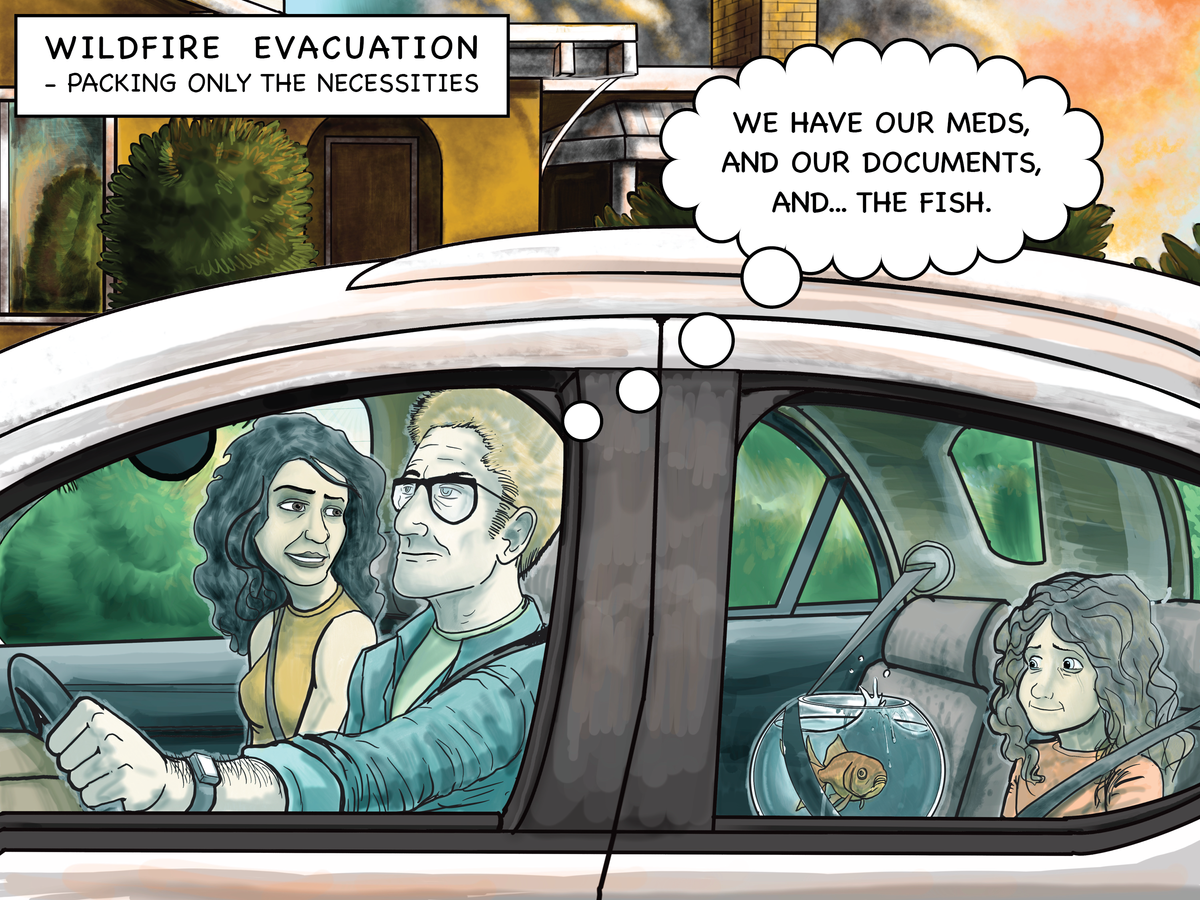It’s Wildfire Season: Explore it with Project Optimist
Those who study the forest, including biologists and Indigenous firekeepers, say that our forest is not healthy. It is a fire-dependent ecosystem, filled with tree and plant species that require fire to reproduce.

Minnesota’s wildfire season is changing. The summers are longer and fires are more likely to become major incidents. Many of our clear, blue-sky summer days have been tainted orange, thick with smoke particulate and air quality alert warnings. Climate change is happening more rapidly in the northern parts of the state than in many other parts of the world.
Project Optimist staff began brainstorming this wildfire series last fall with no idea of how important these stories might become. We could not have known that the 2023-24 winter would be so abnormally warm and dry.
This year, wildfire is off to a strong start. More than a million acres of Texas ranchland burned this spring. Wisconsin DNR reported nearly 300 wildfires across the state so far this year. The average is closer to 40. Minnesota is following a similar pattern.
We decided to examine wildfire by looking closely at Superior National Forest, which hugs our state’s northern boundary from Lake Superior to Voyageurs National Park, including the Boundary Waters Canoe Area. It is the biggest national forest east of the Mississippi. Thousands of people call it home. I call it home, and I’m the primary reporter on this series.
Erica Dischino for Project Optimist
Those who study the forest, including biologists and Indigenous firekeepers, say that our forest is not healthy. It is a fire-dependent ecosystem, filled with tree and plant species that require fire to reproduce. For example, red pine and jack pine cones open only under the high heat of fire.
A century of fire suppression, pest infestation, and climate-fueled wind events have created a tangled, thick landscape ripe for disaster and a forest that cannot regenerate the mosaic of ecosystems needed to feed iconic species such as moose.
Millions of wildfire mitigation dollars are about to pour into the forest, part of the Collaborative Wildfire Risk Reduction Program, funded by the federal government. Understanding why, where, and how to spend that money is complicated.
We’re exploring the solutions and challenges from people on the ground, who live in the forest.
Our series will examine fire as an answer, as we learn from Indigenous tribal members who are bringing traditional fire back to the forest. And we’ll talk with people who lost battles with fire, and who are rebuilding for a more resilient future.
Our series will explore the communities that are helping themselves by planning and organizing in neighborhood groups. As one resident told me: “No one is coming to help us. We’re the landowners. It’s our responsibility.”
Residents of northern Minnesota who live in and around national forests have experienced a scenario like the family in the comic above. When wildfire erupts, people know they must grab their “go bags,” take the pets (however inconvenient), and leave their homes and communities behind. More than ever before, chances of evacuation are high.
This comic kicks off months of original, fact-checked journalism on wildfires in our state. Follow the series in our weekly newsletter. Share it with your friends and encourage them to subscribe for free. You can find behind-the-scenes stories on Instagram and Facebook @projectoptimist.us. Join us there to engage and support our work. Project Optimist will also host a community dialogue and a film screening as part of the series. Stay tuned for more details on those events.

